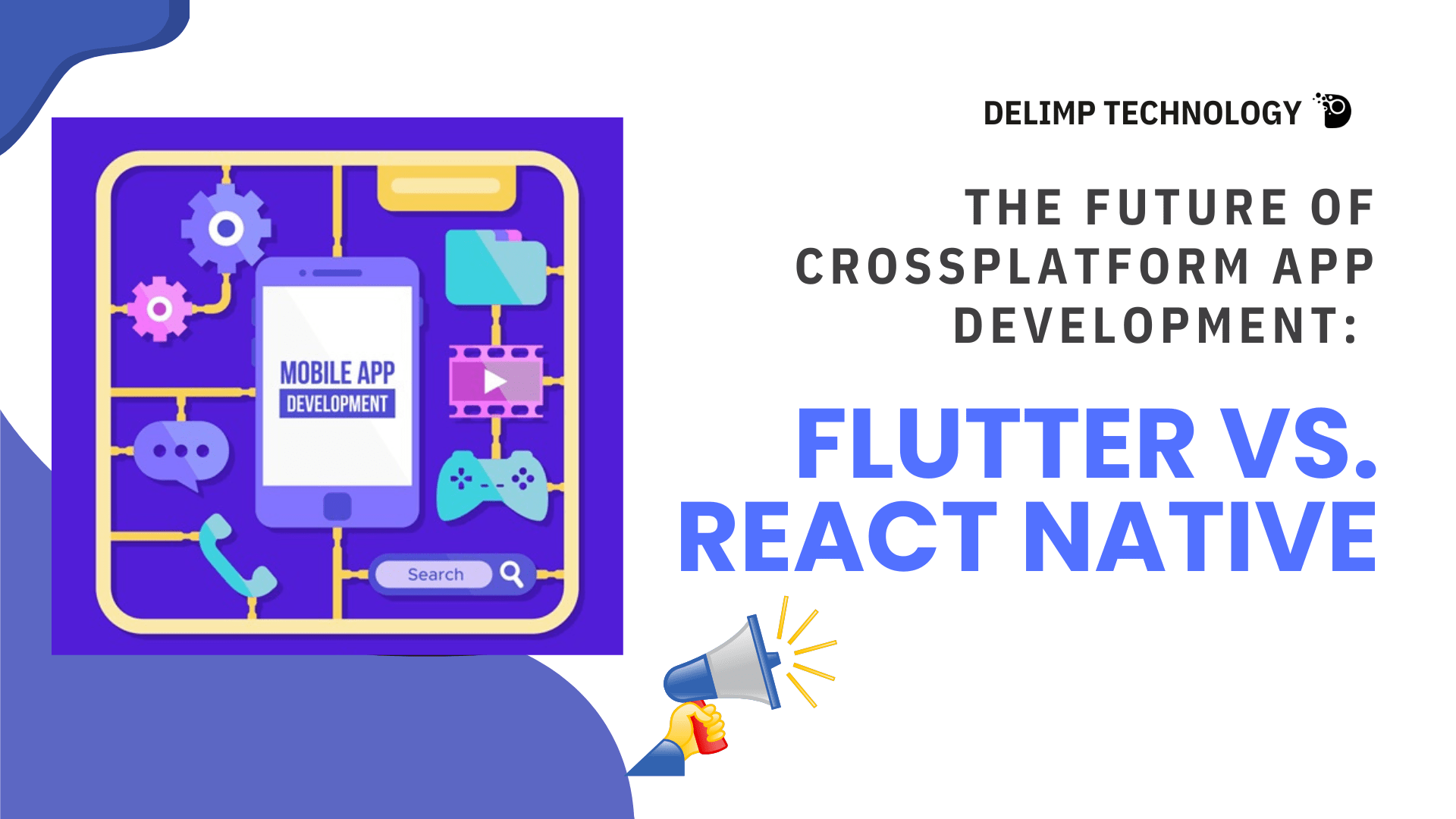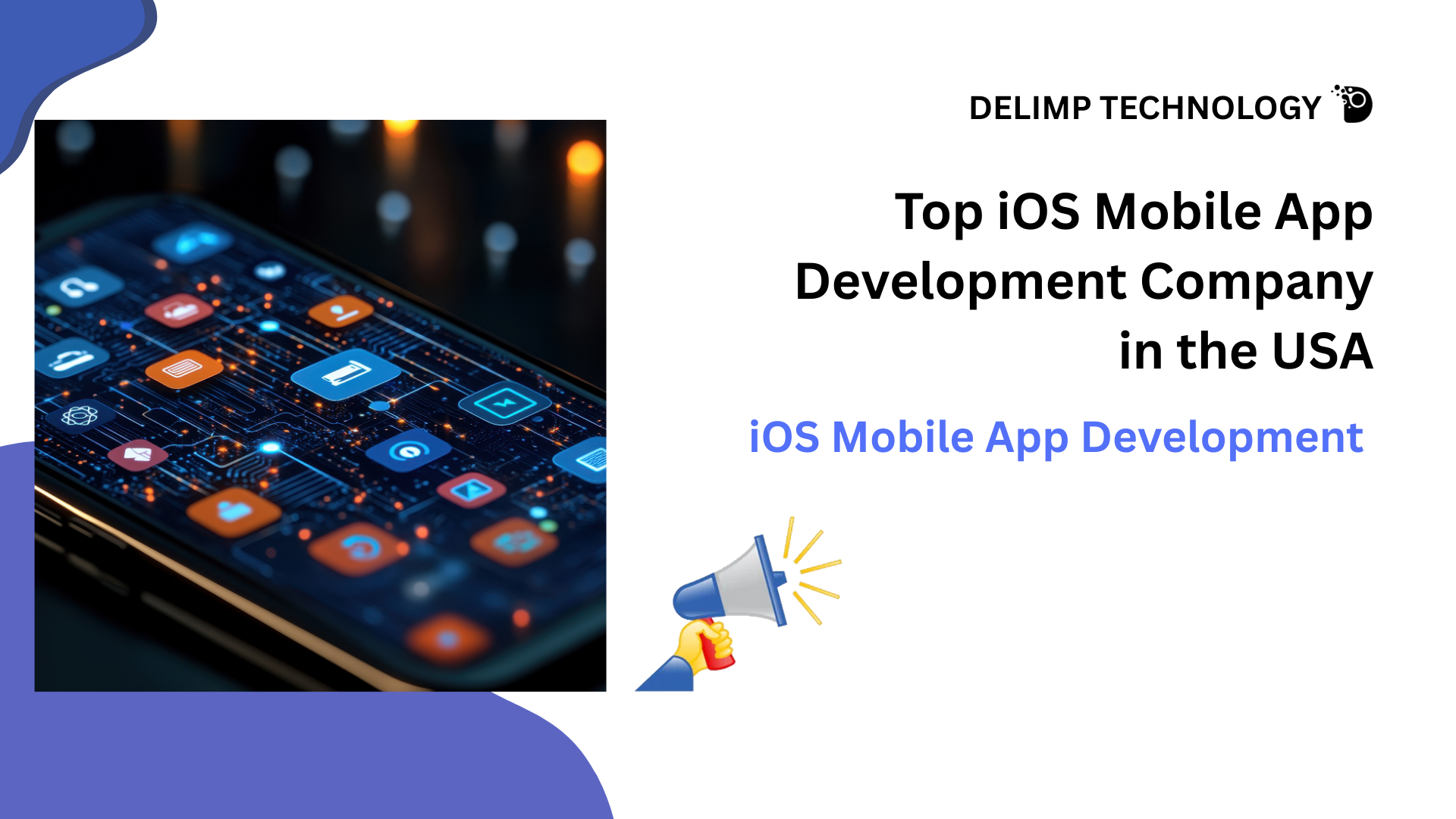Mobile application development must be fast and affordable in the era when information transfer happens much quicker because most users prefer to get information from their mobile applications. That is why cross-platform development has been developed to make it possible for developers to develop apps that are compatible with both Android and iOS platforms using a single code. Flutter and React Native are two of the most popular frameworks leading cross-platform PLC development. However, which of the two parties is likely to control the direction of the future? Let’s dive in.
Growth of Cross-Platform Development
The market for mobile applications has been on the rise with Statista stating that in 2024 alone there were over 5.3 million apps on a combination of the Google Play Store and the Apple App Store. Companies need to target as many people as possible while not having to invest time and money into creating applications for each platform. This is where cross-platform development frameworks like Flutter and React Native fit the bill, in that, developers can develop both the iOS and Android app from one platform.
Flutter: Google’s Game Changer
Flutter another UI software developed by Google has been trending since inception. The framework enables developers to develop applications to operate on mobile, web, & desktop using a native binary. The main language used in Flutter, Dart, ensures the best performance and flexibility on the market.
One of Flutter’s most important strengths is the ability to have what is known as a “hot reload” which means that any changes you make to the code will be immediately visible to any developer. This significantly brings down the amount of time needed to develop any given product. It also includes a wealth of pre-built widgets that look and behave like the native apps you are designing making it easier for developers to produce good-looking, high-performing, cross-platform apps.
Analyzing adoption, Flutter has already drawn interest in such fields as fintech and e-commerce, and key representatives such as Google, Alibaba, and BMW integrated the platform into the development of their applications.
React Native: Facebook’s Dominance
Another well-known leader of cross-platform development is React Native that has been created by Facebook. React Native utilizes the widespread JavaScript language to design mobile applications with the use of native elements. It offers the flexibility to write some native code when needed, making it a hybrid framework with the best of both worlds: runs at high speed and comes with native functionality.
There is now a solid user population for React Native with applications of large enterprises such as Instagram, Facebook, and Airbnb. Another strength is the vast support of the framework and the associated extensive environment with libraries and tools available. This makes the process of troubleshooting and expanding an app easier than it has ever been before.
One of the important aspects of using React Native is that one can create both an Android and an iOS application using the majority of the code. Nevertheless, some of the functionality in React Native can still be a little trickier than in conventional development, and occasionally it necessitates having to write platform-specific code, thus adding more time to the task.
Flutter vs. React Native: Cross-platform Development in the Future
Digital development frameworks like Flutter and React Native have transformed cross-platform development in several ways, and there are distinctions to discuss.
Performance: Flutter is better than React Native regarding performance. One of the significant selling points of the system is its near-native speed because it is compiled, whereas React Native uses a bridge between the JavaScript layer and native components, which inserts a layer of performance slowdowns.
Developer Experience: Flutter’s “hot reload” and the widget-based UI style developers love it for its speed in app creation. Due to the fact that React Native is based on JavaScript, it is more accessible for developers who have a background in website development.
Popularity and Ecosystem: The biggest bonus here is that this framework is more developed and has more users, which means that a developer can easily find help if needed.
Conclusion
Both Flutter and React Native are driving the future of cross-platform development, and the choice between them depends on your project’s specific needs. If you’re aiming for fast development, high performance, and beautiful UI, Flutter might be the better option. However, if you’re already entrenched in the JavaScript ecosystem and need a proven, versatile framework, React Native remains a solid choice.
As the mobile app development landscape continues to evolve, cross-platform frameworks will remain a critical part of the development toolkit, offering businesses a cost-effective way to reach a broad audience. The future is bright for both Flutter and React Native, and the key to success lies in choosing the right one for your app development needs.
Frequently Asked Questions (FAQs)
Q1: What is cross-platform app development?
Ans: Cross-platform app development refers to creating applications that run on multiple operating systems (like iOS and Android) using a single codebase. This approach saves time, reduces costs, and improves consistency across platforms.
Q2: What are Flutter and React Native?
Ans: Flutter and React Native are popular frameworks for cross-platform development. Flutter, developed by Google, uses Dart as its programming language and provides a rich set of customizable widgets. React Native, created by Facebook, uses JavaScript and allows developers to build mobile apps with a native-like experience.
Q3: What are the advantages of using Flutter for cross-platform development?
Ans: Flutter offers a fast development process with a “hot reload” feature, strong community support, and high performance due to its direct compilation of native code. It also provides a consistent UI across platforms with customizable widgets.
Q4: How does React Native compare to Flutter?
Ans: React Native allows for rapid development with JavaScript and integrates seamlessly with existing native apps. It has a large developer community and access to numerous third-party libraries. However, Flutter’s performance is often seen as smoother due to its compiled nature.
Q5: Which framework is better for future scalability?
Ans: Both Flutter and React Native have promising futures, with ongoing community and industry support. Flutter is gaining traction for its performance and flexibility, while React Native’s widespread use and JavaScript base make it attractive for those already familiar with web development.





